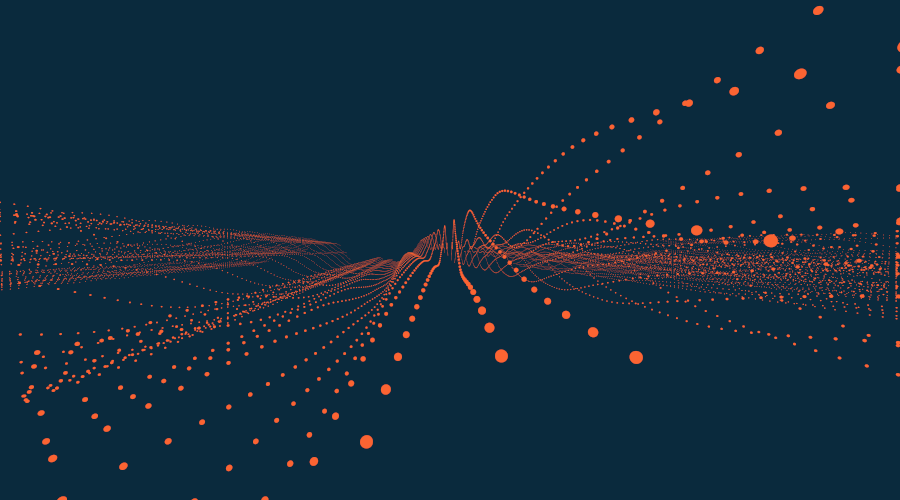It takes experience and tradecraft to know the difference between hype and real, proven potential of AI in weather forecasting.
Last month, my colleague Samu wrote about how AI is changing weather forecasting and the crucial role that physics still plays in meteorology. AI and machine learning are making waves in the field, but is this truly a revolution or just a passing trend?
The foundation
AI models might seem groundbreaking, but they still depend on physics-based models for critical inputs. Both approaches require initial conditions, datasets that describe the current state of the atmosphere. These conditions serve as the foundation for AI models to train on and to generate predictions. AI in weather forecasting is certainly evolving at a rapid pace, but in my opinion, their full replacement of physics-based models is still a long way off.
Physics-based models like NOAA’s Global Forecast System (GFS) and ECMWF’s Integrated Forecasting System (IFS) have long been the backbone of weather forecasting. These models rely on the fundamental laws of motion and thermodynamics to simulate the atmosphere. Recently, however, AI-based models like NVIDIA’s FourCastNet, Google’s GraphCast, and ECMWF’s AIFS have been generating significant buzz. But…
Regardless of whether a model is physics-based or AI-driven, it must start with a dataset representing the atmosphere’s state at a fixed point in time. These datasets, generated through data assimilation, are essential for both traditional NWP and AI models. In fact, AI models often rely on reanalysis datasets derived from physics-based models for training. So, despite the hype, AI weather models are still deeply intertwined with traditional physics-based approaches. And this brings us to the fact that…
…no forecasting system—AI or physics-based—is perfect.
Common challenges include:
Reliability – Models sometimes fail or produce unrealistic outputs
Accuracy – No single model is consistently the best across all locations and conditions
Scalability – Some models work well for local forecasts but struggle at a global scale (and vice versa)
Resources – All weather models running at scale demand high-performance computing
We tackle these challenges through an ensemble approach, blending multiple models to enhance reliability, accuracy, and scalability. This intelligent ensembling uses a combination of AI/ML techniques and traditional statistical methods, such as linear regression, to determine which models are performing best. Rather than blindly chasing AI trends, we focus on applied science and mathematics to solve real-world problems.
The Xweather edge: Data, experience, and adaptability
Most weather model outputs—whether from GFS, IFS, AIFS, FourCastNet, or GraphCast—are freely available or commercially licensable. While technical barriers exist, a skilled data scientist can analyze these datasets with relative ease. So, what really sets us apart?
First—our people. It takes experience and tradecraft to know the difference between hype and real, proven potential. Applied science, math, and meteorology always lead to better, fit-for-purpose solutions than theory alone.
Second - our extensive archive of weather model data, meticulously maintained over the years.
By tracking long-term model performance, we refine our forecasting techniques, ensuring that as models improve, so does our intelligence blending. This historical dataset forms the foundation for our ensemble approach, allowing us to maximize accuracy and reliability. Moreover, the sheer volume of data we manage enhances our AI training processes, preventing the pitfalls of limited sample sizes that can lead to misleading forecasts.
And that brings us to an issue that every AI practitioner in weather forecasting must contend with: “bad mojo”—the unintended consequences of inadequate training data, improper model assumptions, and overreliance on AI-driven outputs.
Beware of “bad mojo”!
AI is only as good as the data it learns from. Poor training data, poor training techniques, flawed assumptions, and overhyped expectations can lead to sort of a “bad mojo”—unreliable forecasts that create more problems than solutions. Like all new scientific breakthroughs, there are rewards, and there are risks. There will undoubtedly be a lot of goodness that comes from these new and advanced AI/ML approaches for modeling the atmosphere, but the risks of AI-driven weather prediction are just as real; details are important as not all breakthroughs will lead to new rewards. And that’s exactly what we’ll explore next.
Stay tuned!




